Notes: The Midland Railways London Extension into St. Pancras was ready for inspection in July 1868 but the Board of Trade inspector refused to sanction the opening of St. Pancras itself because the approaches to the station were, at that time unfinished. The inspector was however happy with the rest of the line and agreed to the opening of the line between Bedford and Camden Town where there was a junction that allowed trains to run into the Metropolitan Line's station at Moorgate Street. The line was opened between Bedford and Moorgate street on 13th July 1868 with intermediate stations with the London area at Hendon, Finchley Road, Haverstock Hill, Kentish Town and Camden Road.
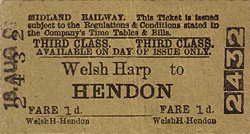 |
Work on the approached to St. Pancras continued and the station finally opened on 1st October 1868. At this time the area south of Hendon was still largely rural and was popular with day-trippers from central London, particularly on Bank Holidays. One of the chief attractions was the Welsh Harp lake, subsequently known as the Brent Reservoir, which |
was formed in 1838 to provide water for the Grand Junction Canal. In summer months the lake could be very busy with visitors who spent their time bathing, fishing or boating whilst those seeking refreshment could visit one of the nearby public houses.
To cater for this potential traffic a new station was proposed close to the lake and only 600 yards south of Hendon station. The station was opened on 2nd May 1870 and was sited at the end of a short approach road on the north side of Edgware Road a little to the north of the Old Welsh Harp public house from which it took its name. Initially the station had two side platforms with a two storey building on the 'down' side, probably similar to those that still stand at Leagrave and Flitwick
In 1890 the line was widened and the original station was demolished being replaced by a single island platform which was served by two new local lines. The 'up' side of the station opened on 2nd June 1890 while the 'down' side opened on 13th July 1890. Buildings were sited at the north end of the platform and passengers used a new subway to reach the platform from the approach road, this continued to the far side of the line where a footpath went to two farms. A timber booking office is believed to have been sited near the south end of the subway.
| At this time the immediate vicinity of the station remained rural and although the station continued to attract day-trippers passenger traffic starting from the station was always very low. In 1872 22,929 tickets were issued but by 1894 this had almost halved to 12,707. Number continued to fall until approaching the turn of the century only 8,262 tickets were issued in |
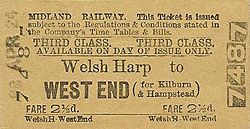 |
1899.
With such a dramatic fall in passenger numbers, Welsh Harp became an early candidate for closure. Takings at the booking office were now about 1% of those at nearby Hendon and as the two stations were so close it came as no surprise when closure was announced for 1st July 1903.
The platforms were quickly demolished but the top of the former stairwell remained visible between the two slow lines at least into the 1950s. A small building probably of railway origin at the end of the approach road survived until c. 1970 although its former use is unknown; the station didn't have any goods facilities.
Sources: The Midland Railway by J E Connor. Published 2009 by Connor & Butler. ISBN 978 0 947699 42 2
Ticket from Michael Stewart, timetable from Glynn Waite, route map drawn by Alan Young
For other Midland Railway London suburban stations click on the station name: Hendon Factory Platform, Finchley Road, Haverstock Hill, Camden Road, Dudding Hill & Harlesden for West Willesden & Stonebridge Park |

harp_old1.jpg)
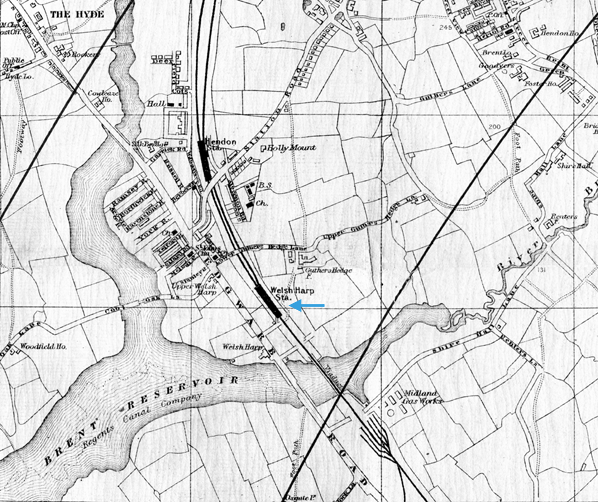
harp_old2.jpg)
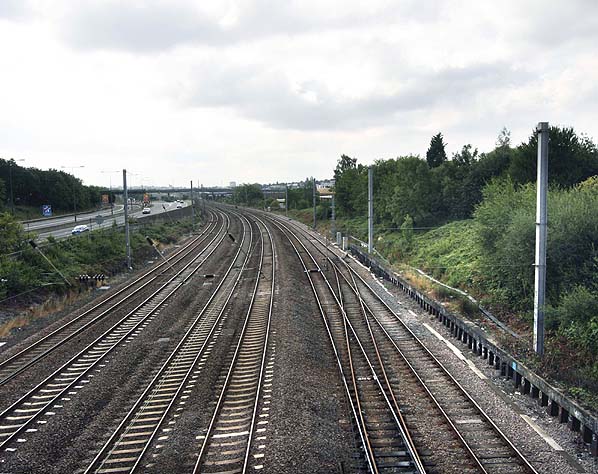

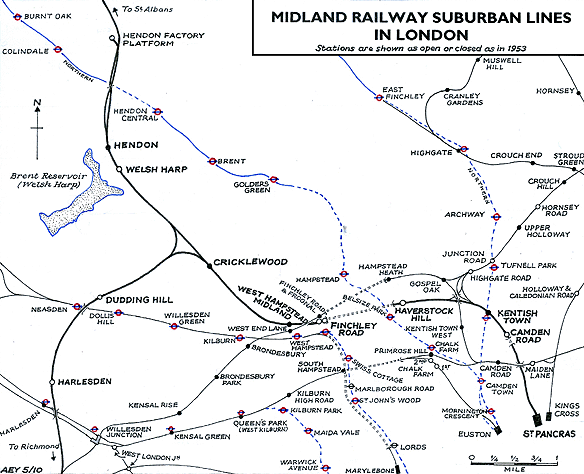

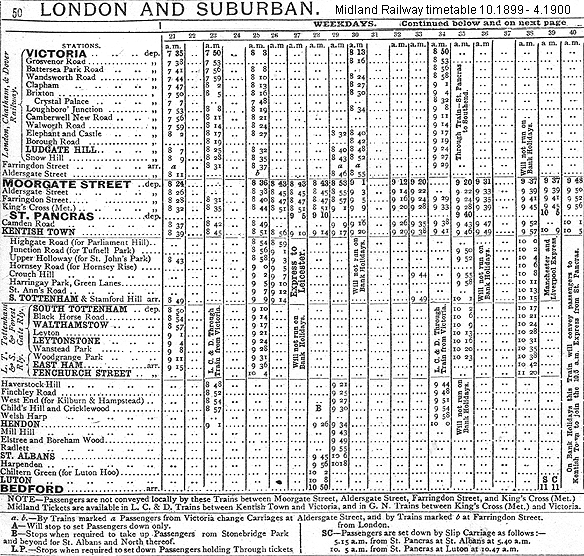

 Home Page
Home Page